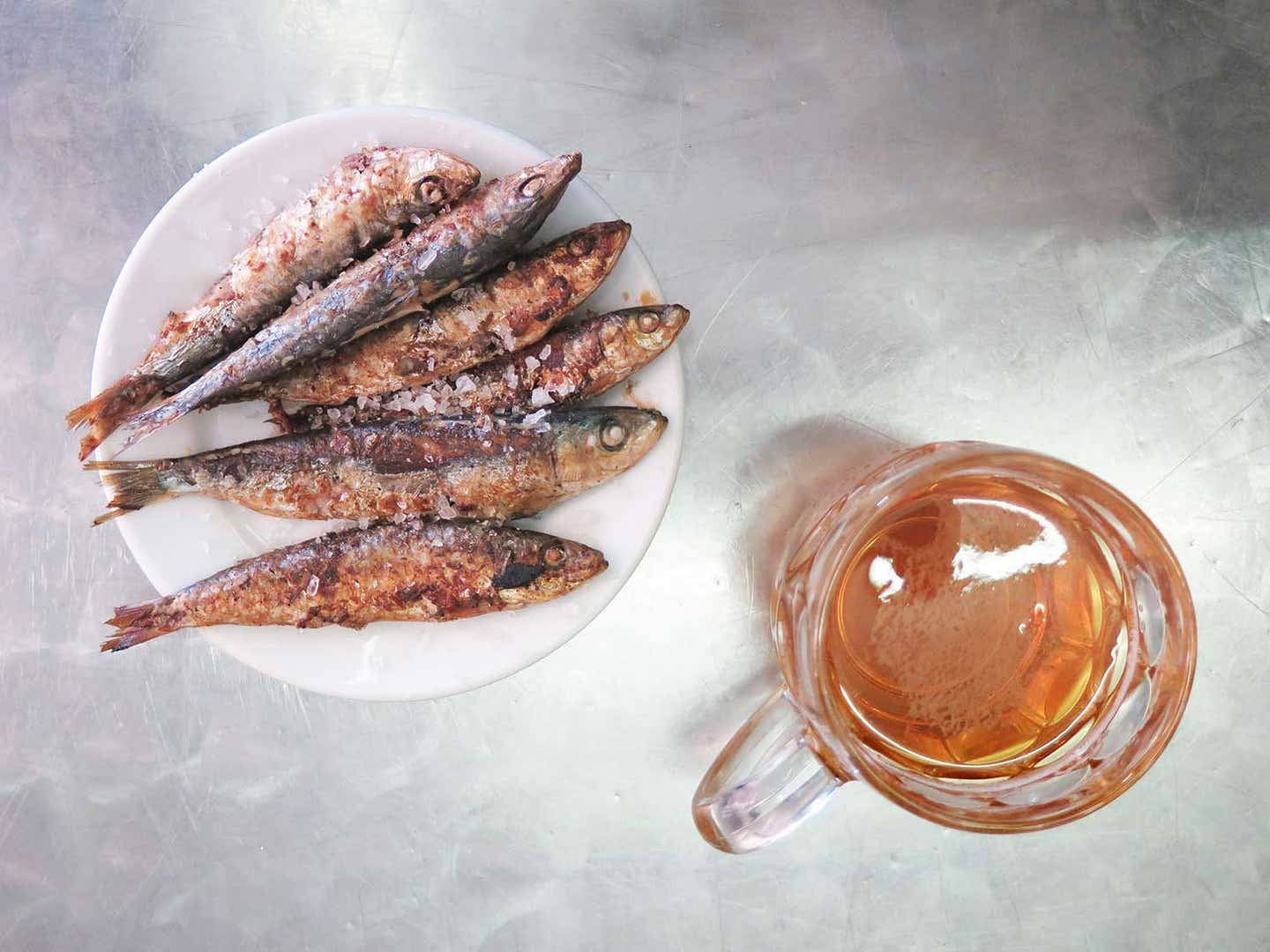
Dive-Bar Food Is Madrid’s Best-Kept Secret
These old-school establishments allow you to sample Spain’s regional cuisine without leaving the capital
Following the death of dictator Francisco Franco in 1975, Spain experienced a cultural as well as culinary revolution. The country was released from its shackles, and octopus, sardines, tuna pies, and other regional dishes and ingredients hitched a ride on the wave of country-wide migration. Destination: Madrid.
The 1970s and ‘80s saw the biggest movement of workers in Spain’s history. Hundreds of thousands of migrants from all corners of the country packed their bags, left their families behind, and bought one-way tickets to the capital—and with them, brought their culture, hard-work ethic, and family recipes. When their train pulled into Atocha station, most were swept up by the winds of the construction boom, some went into hospitality, opening up hundreds of small, no-frills bars that served their new neighbors a taste of another home.
Half a century later, both modernity and nostalgia have caught up with these humble watering holes. The tides are shifting, and in an attempt to keep up with the times, their regional roots are growing harder to detect. But learn how to decode their menus and eccentric décor, and the story of those boom years will unravel before your eyes.
Here are six no-frills bars that once washed up on the cobbled shores of Madrid, and whose doors are still portals to all of Spain’s culinary nooks and crannies.
Cervecería Río Sol – León
Cervecería Río Sol is one of those places you walk past on your way to your well-researched dinner reservation and think, “That place looks cute—next time,” and there’s never a next time. In the middle of an area teeming with tourists and nightlife revelers, Fernando Lario’s little bar is an overlooked gem that quite happily lets the passer-by pass by.
The silent and seemingly stern owner stands in the doorway with both arms behind his back—a stance broken only when he spots someone he knows. He yells their name, shakes hands, maybe even hugs, and then returns back to the doorway, resuming his slightly intimidating guise toward the uninitiated. Only once you’ve decoded this secret filter used by every no-frills bar owner in Madrid are you ready to enter and be received as warmly as the locals.
Step into Río Sol or take a seat on the terrace overlooking the marvelous nearby Basilica. Order the tortilla española, made by Lario's wife but, be warned: it contains a few controversial ingredients. Most Madrileños are embroiled an eye-watering dispute about whether or not a tortilla should contain onion, and, at times, it can be as dividing as teabag-in or teabag-out. But throw in chorizo or green peppers and it's fine! How? Because that's what they do in León, and all of Spain respects that (unless Jamie Oliver does it).
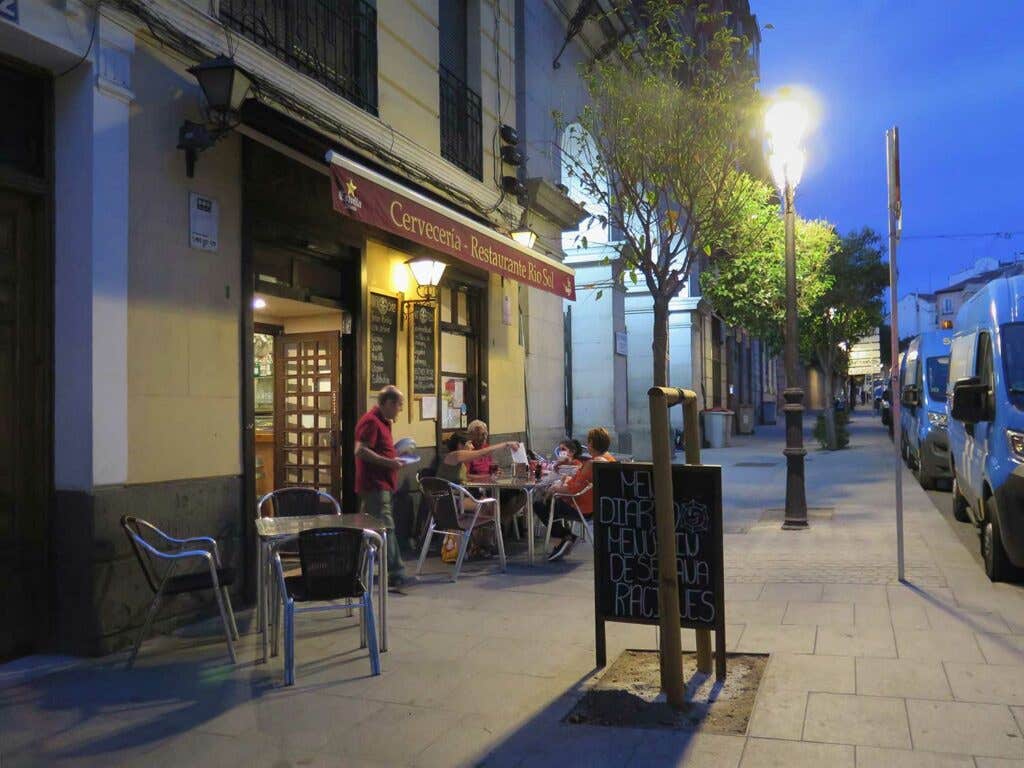
Bar Sidrería Aviseo – Asturias
Antonio García Pérez is an hour late opening his bar. “Come back in 20 minutes, I’ll be open then!” He shouts to me through the window. Bar Aviseo is worth going for a stroll around the block for, but give him more than 20 minutes—it is Spain, afterall, and the stereotype dies hard in the no-frills end of the hospitality industry.
I return, not at all to Pérez's surprise, and he tells me that the octopus is very good today, pointing at his millennial son tucking into a media ración of it further along the bar—and he's right.
Served sliced on a wooden plate, the pulpo is doused in olive oil and sprinkled liberally with pimentón and sea salt. Be sure to scoop up a good amount of the pimentón-infused oil with each bite of the octopus, and use the bread to mop up the rest.
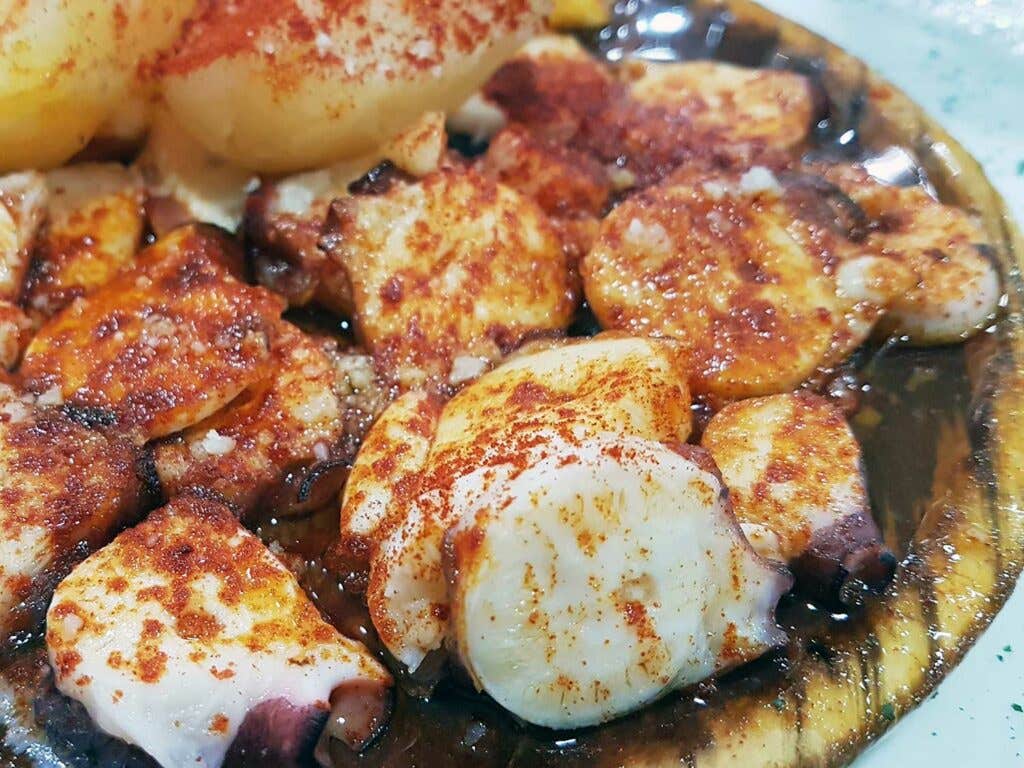
Hanging on the wall of Bar Aviseo, you might spot a photo of the tiny Asturian village of Cangas de Narceo, where Pérez is from. “We were just seven families,'' he begins, and then points to a photo of a man down a mine shaft. “My brothers were miners. If I’d stayed, I probably would have been a miner. But I left for Madrid and opened my bar. I don’t really know why I came, I just did, like everyone else was doing at the time.”
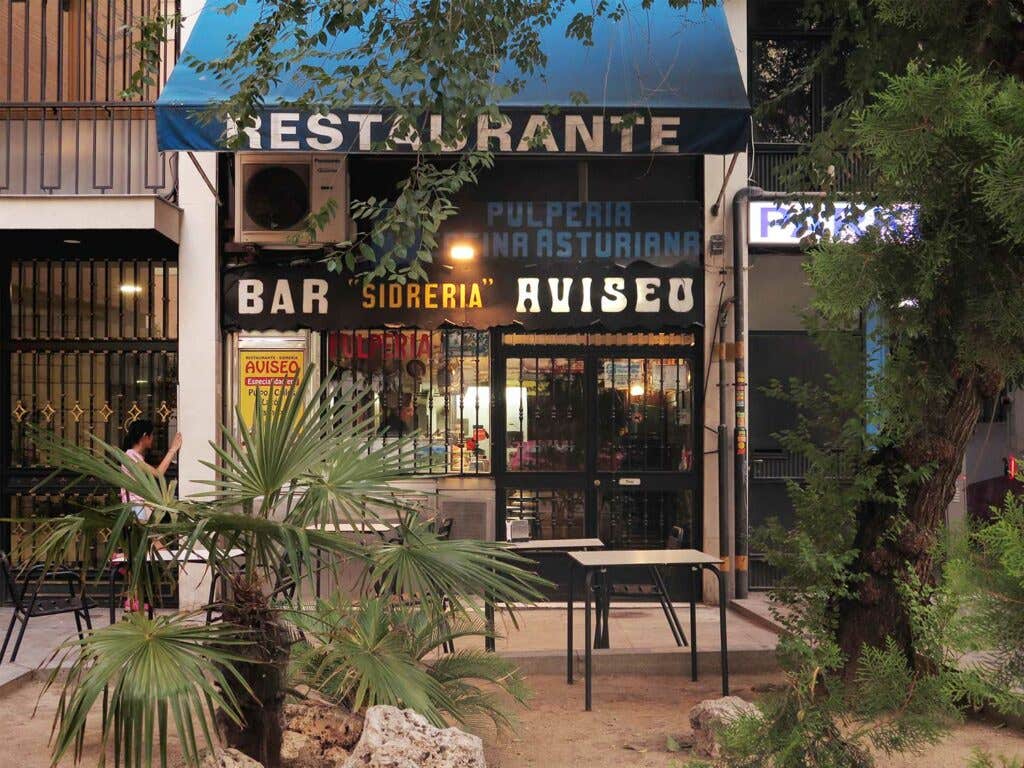
Bar Santurce – The Coast
Despite the Mediterranean Sea being about 300 miles away, sardines have become a Madrid classic, according to Raúl Lázaro, owner of Bar Santurce, and a man of few words.
Raúl was born the same year that Franco died and, just two years later, his father Felix Lázaro would open Bar Santurce in the regional fusion style of the time. The bar is named after a town in the Basque country, the seafood served was caught off the Mediterranean shores of Castellón, and, of course, the bar in the heart of Madrid's most Castizo neighbourhood, La Latina.
Forty-two years later, Bar Santurce has stood the test of time, and it wears its wear and tear as badges of honor. The aluminium bar, the well-trodden terrazzo tiles, and the fish-scented walls and furnishings have seen everything but the Mediterranean Sea.
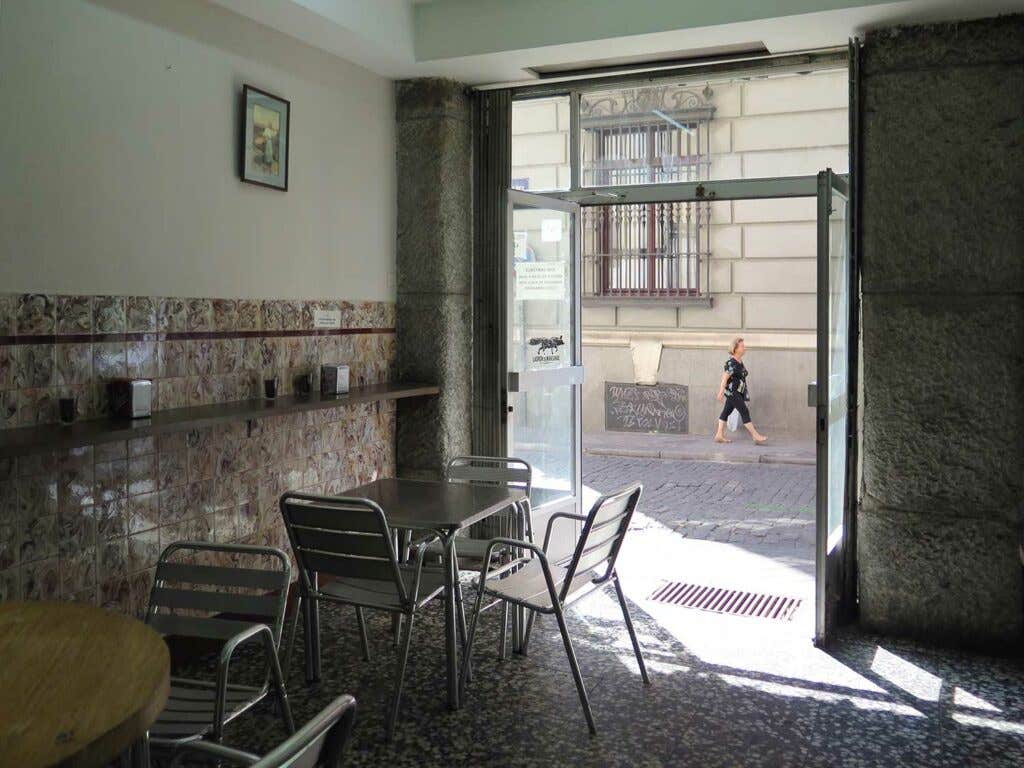
A dozen orders of sardines hiss on the grill, projecting fish-scale ballistics around the room. Cutlery isn’t done here so roll up your sleeves and grasp a sardine firmly in both hands. Chomp through the salt-studded skin into the salty-sweet meat like no one ’s watching. Bones are optional, as is squeeze of lemon but, fine, go for it – you are now, of course, on the Mediterranean coast.
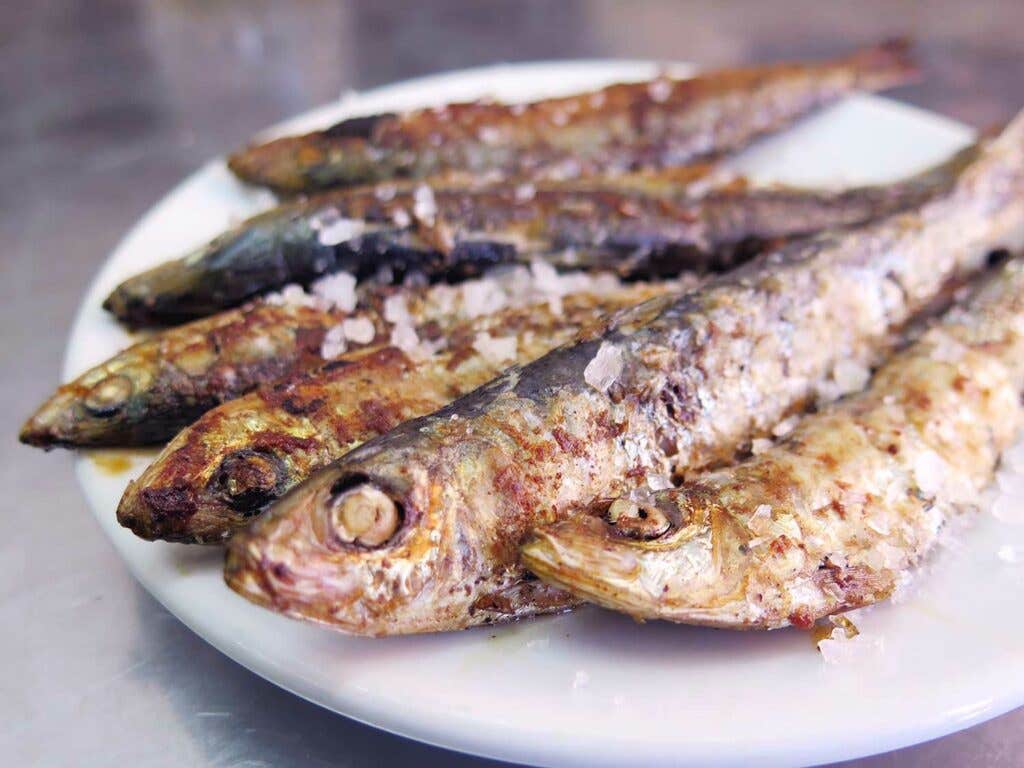
Bar a Miña Gaita – Galicia
By now, you’ve mastered the steely bar owner filter and are brave enough to walk straight in. Play this game with María del Carmen Rocha’s husband and he shall step aside for you, welcoming you into his shrine to Galicia, the region from which he and his wife came.
The Gallego couple arrived in Madrid separately in the 1980s, waiting bars for their earlier working years. In 2003, they opened up Bar A Miña Gaita together.
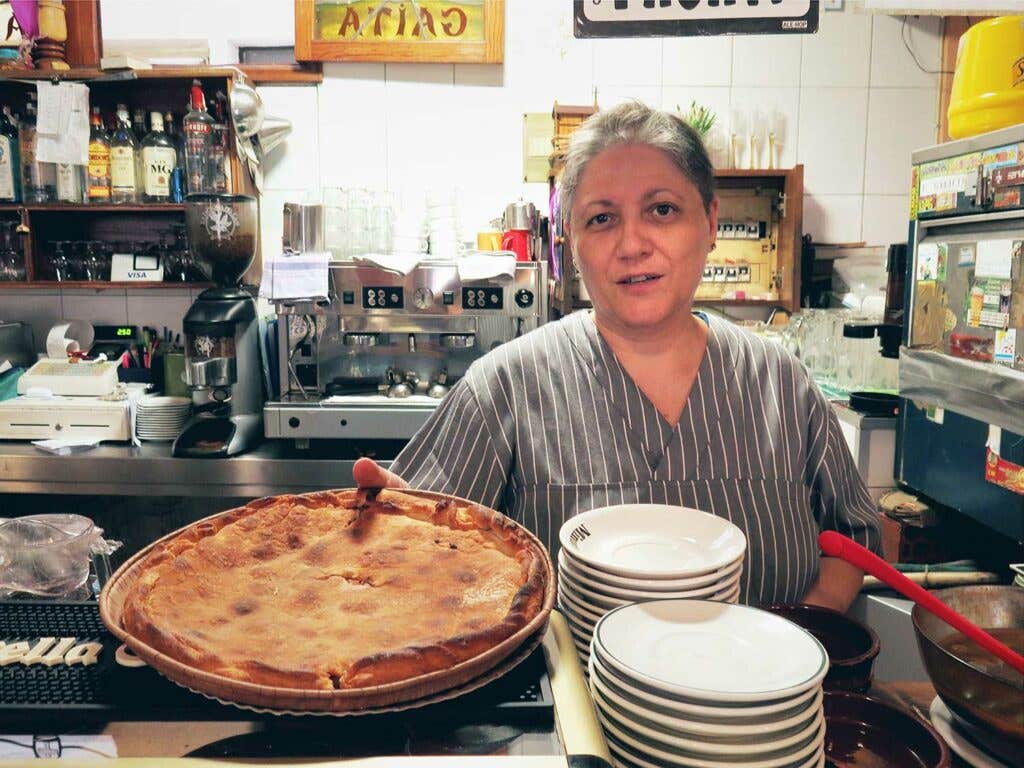
“We can’t compete with the franchises that are opening up everywhere around us,'' says Rocha. “They offer fast food at cheap prices. People don’t seem to care about quality anymore”, and her concern is justified. Madrid real estate prices have skyrocketed in recent years due to gentrification and speculation. Bar A Miña Gaita is situated on a quiet backstreet, just around the corner from the city’s thronging Gran Vía artery. It is a prime location, but the narrow, winding streets off Gran Vía don’t receive as much footfall as you might expect. You’ve got to know about this place to go here, and if you do, you’ll be rewarded with a charmingly ramshackle glimpse of Galicia.
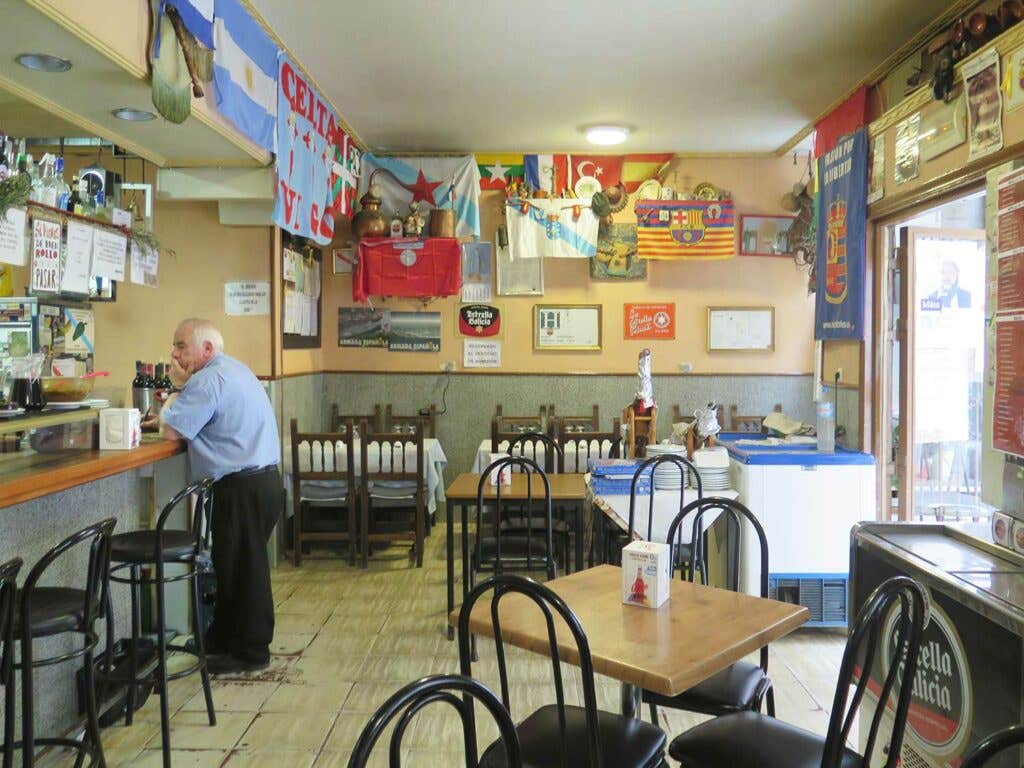
Mesón Valle del Jerte – Extremadura
“¿Que os pongo, chicos?” (What can I get you, guys?) asks the woman behind the bar, in a thick Extremaduran accent. The region from which she hails sits west of Madrid, sandwiched between Toledo and Portugal. You may know Extremadura for its famed seasonal spectacle, when vast groves of cherry trees in the Valle de Jerte—the bar’s namesake—blossom all at once.
The menu at Mesón Valle del Jerte is almost indistinguishable from any other in Madrid, except for a few regional touches. Picadillo Extremeño, for example, looks just like any chopped salad in Madrid, but the Extremaduran version is more finely diced; a more notable standout is the bar's Licor de Cereza, a sweet liqueur flavored with cherries from the Valle del Jerte.
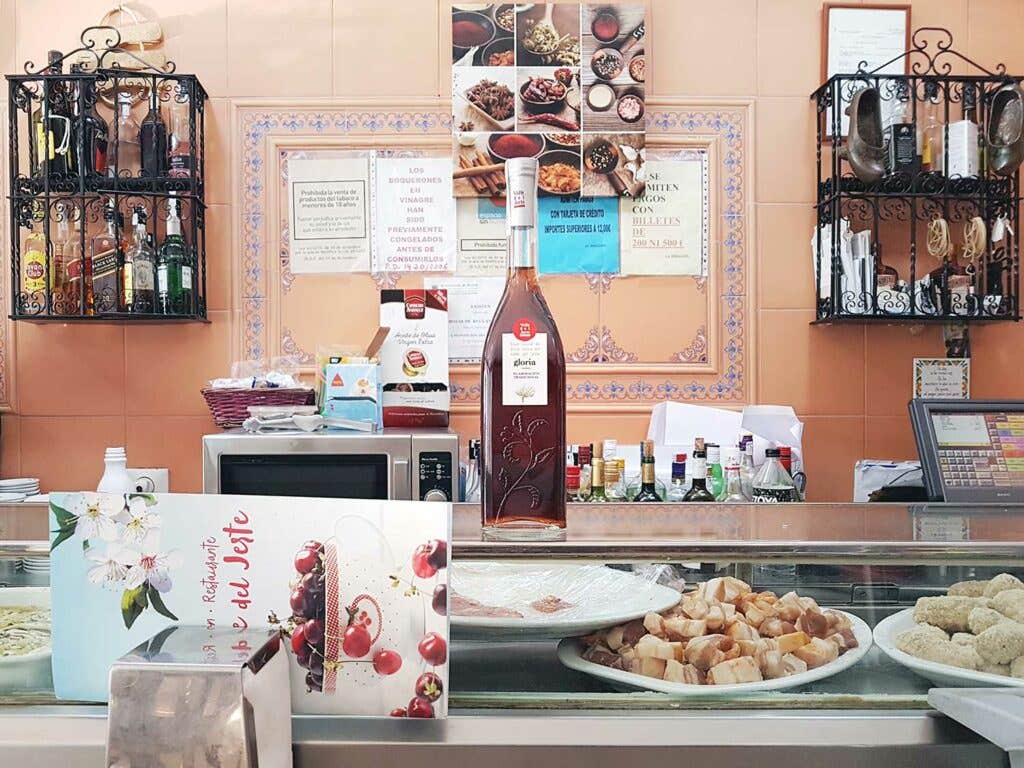
Valle del Jerte is just across the road from El Rastro, the bustling 400-year-old flea market yet, remarkably, few market goers decide to cross over; the pleasant terrace at Valle del Jerte remains quiet, hidden in plain sight.
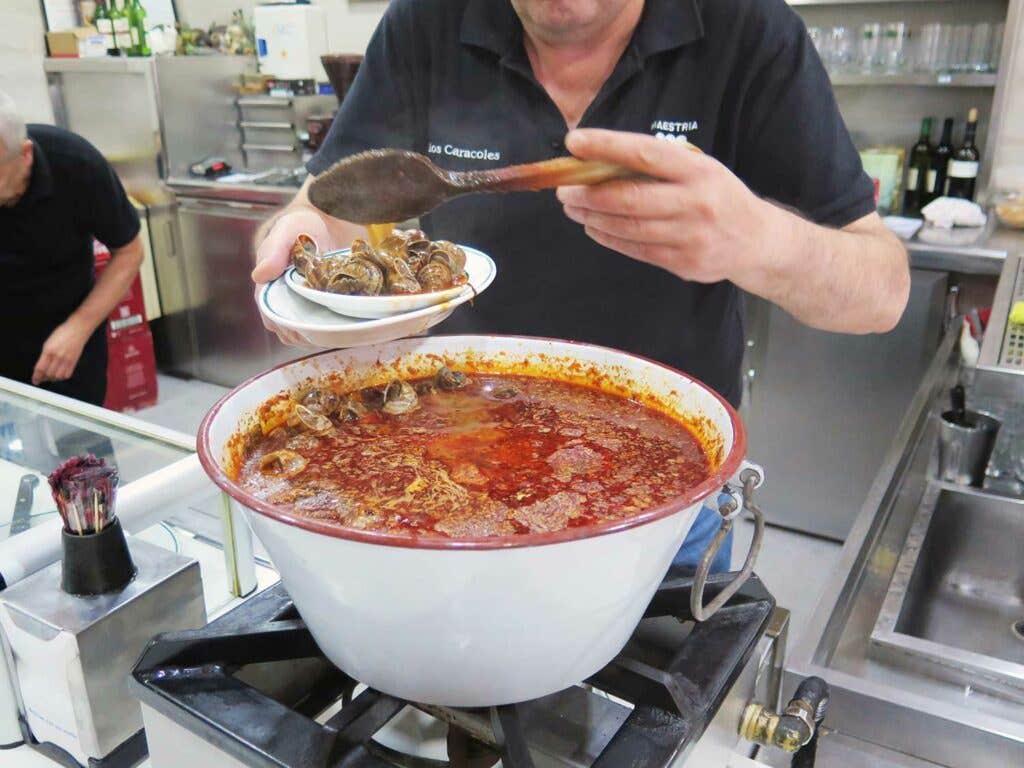
The migration boom may have brought many Spaniards to the capital, but plenty of Madrid residents were, of course, already there. Bar Los Caracoles is a local institution, whose landlocked food is popular with the locals and, despite having no connection to the sea, there’s a curious tidal rhythm to the place.
The ebbs and flows of Madrid's no-frills bars are a phenomenon that takes years to master. Beyond breakfast, elevenses, lunch, and dinner, there's also the hour of vermouth, the café con leche y churros slot, and the quick shot of hard liquor before the commute home. But the most subtle phenomenon of the Madrid bar is one carried by the city's eldest generation: snail rush hour.
Between 8 and 9 PM, just before the enduring Spanish sun bids adiós for another day, abuelas and abuelos head to their nearest snail bar for a media ración de caracoles. This isn’t a fine-dining, sit-down experience, but rather a stand-up-at-the-bar gastronomic ritual upheld by solo, most often elderly punters. This deeply Castizo dish is a staple for a disappearing older generation. The chewy, highly nutritious morsels have a mussel-like texture and they taste of the chorizo they’re cooked alongside.
Keep Reading
Continue to Next Story










